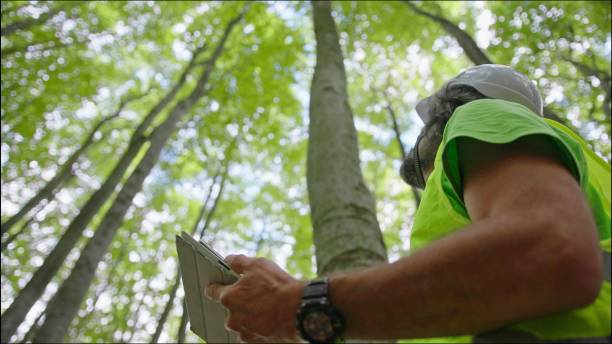Tree risk assessment is a crucial process in arboriculture that involves evaluating the potential risks associated with trees. It is essential for maintaining the safety of trees in urban and natural environments, as well as for preventing property damage and personal injury. In this article, we will explore the process of tree risk assessment, including its importance, methods, and considerations.
Tree risk assessment is important for several reasons. Firstly, it helps identify trees that are at a higher risk of failure, such as those with structural defects or diseases. By identifying these trees, appropriate management strategies can be implemented to mitigate the risk. You may also hop over here to hire the best tree services.

Image Source: Google
There are several methods and tools available for conducting tree risk assessment. These methods can be broadly categorized into visual assessment, mechanical assessment, and advanced diagnostic techniques.
When conducting a tree risk assessment, there are several important considerations that should be taken into account. Firstly, it is crucial to assess the overall health and condition of the tree. This includes examining the trunk for signs of decay or damage, as well as inspecting the branches and leaves for any abnormalities or disease. Trees that are weakened or compromised are more likely to pose a risk of falling or dropping limbs.
Secondly, the location of the tree must be considered. Trees that are situated near structures, roads, or high traffic areas may present a higher risk if they were to fail. Factors such as wind exposure, soil type, and drainage should also be evaluated, as they can affect the stability of the tree.
